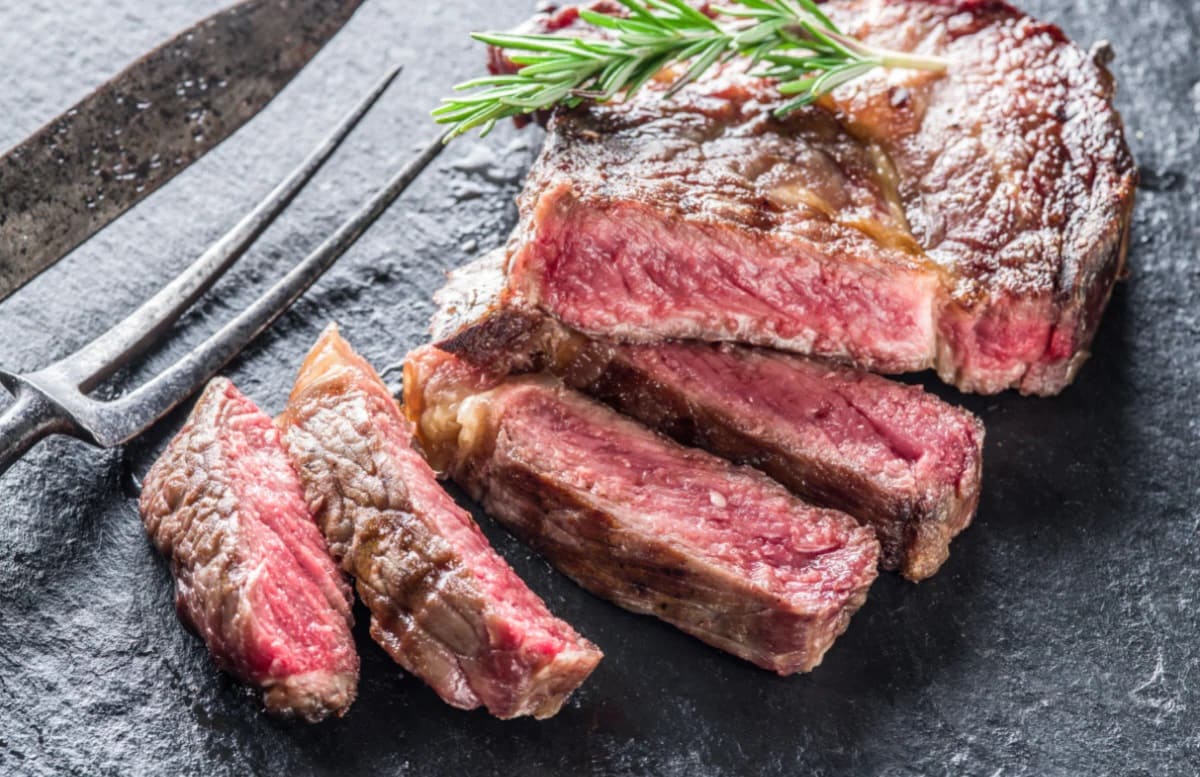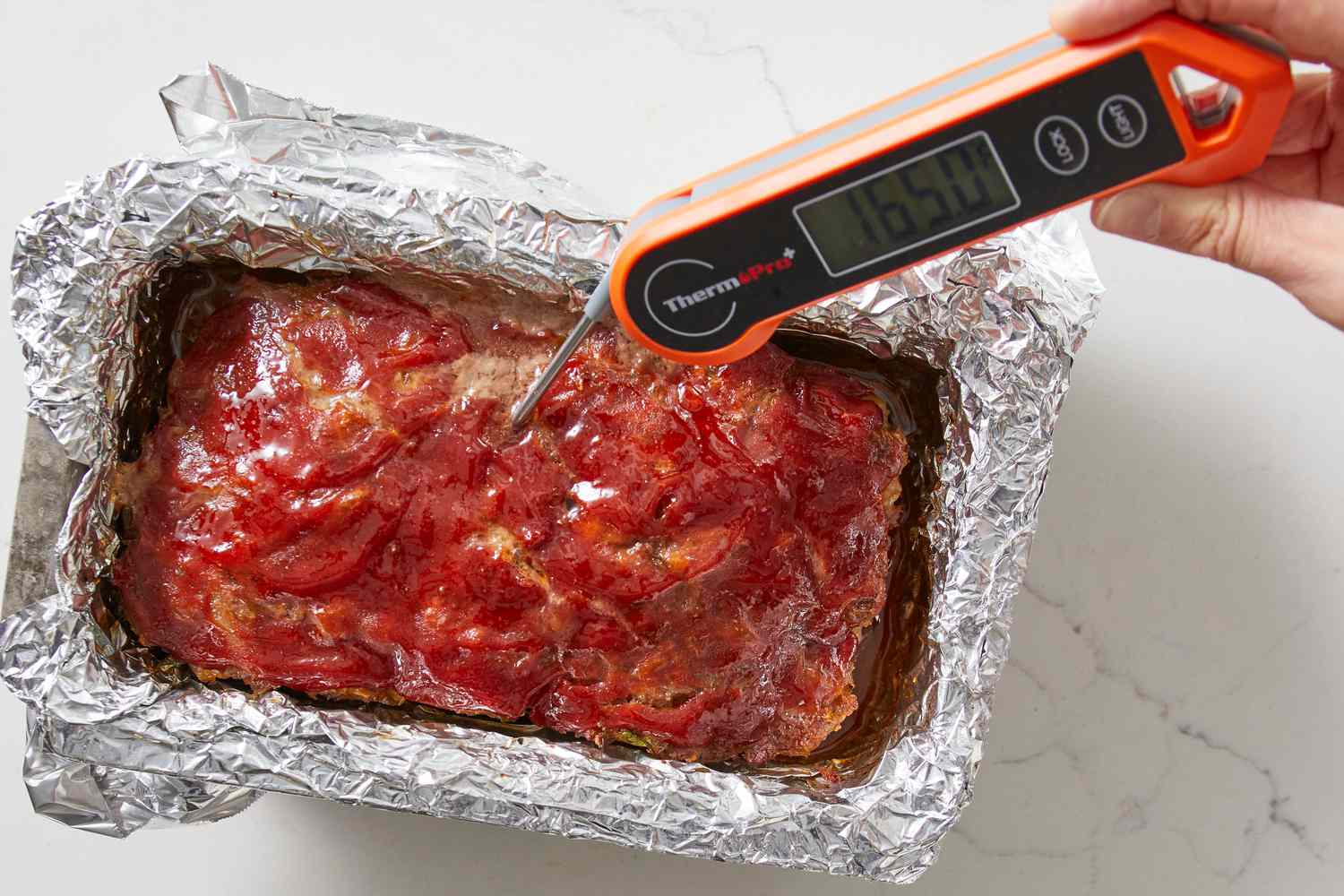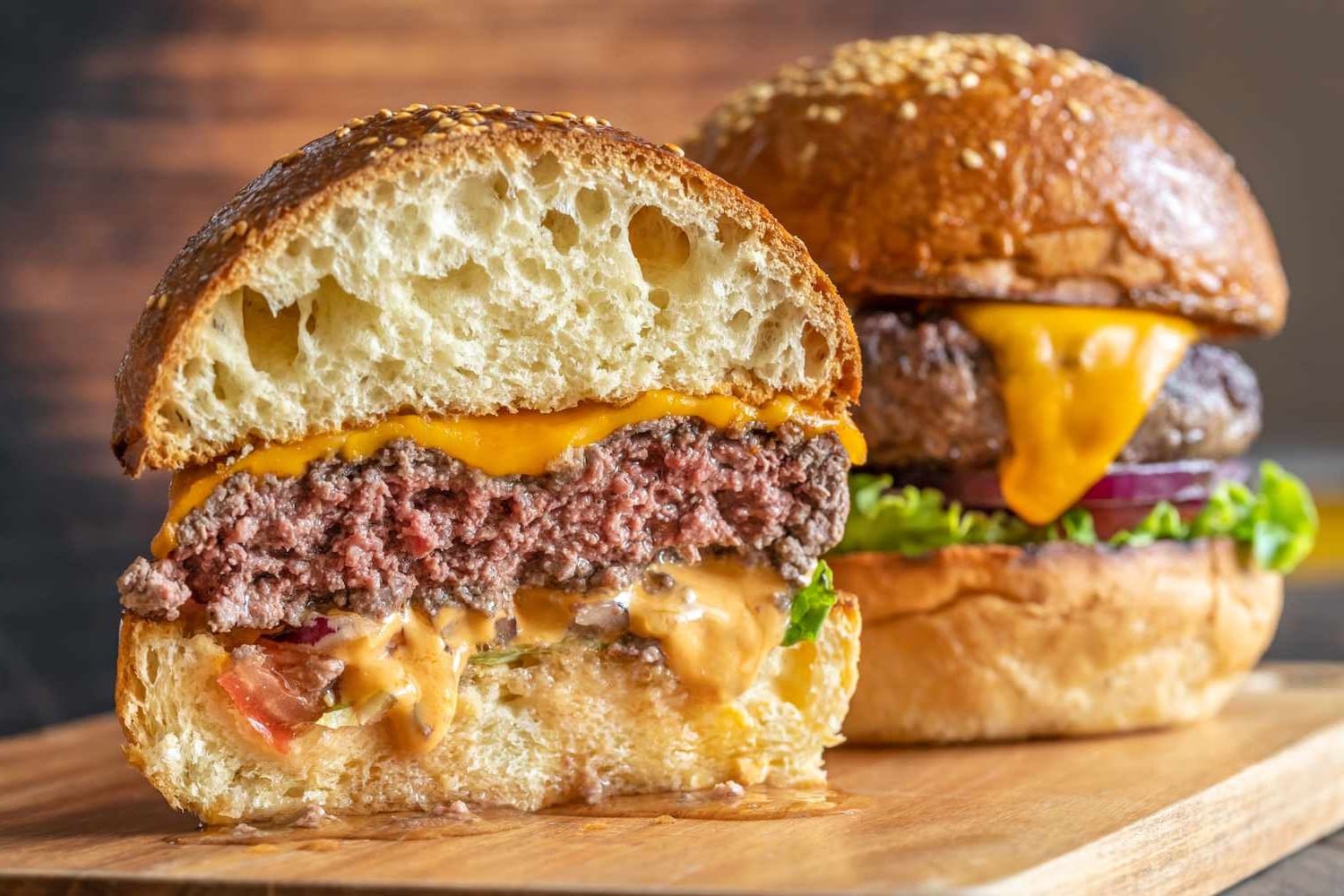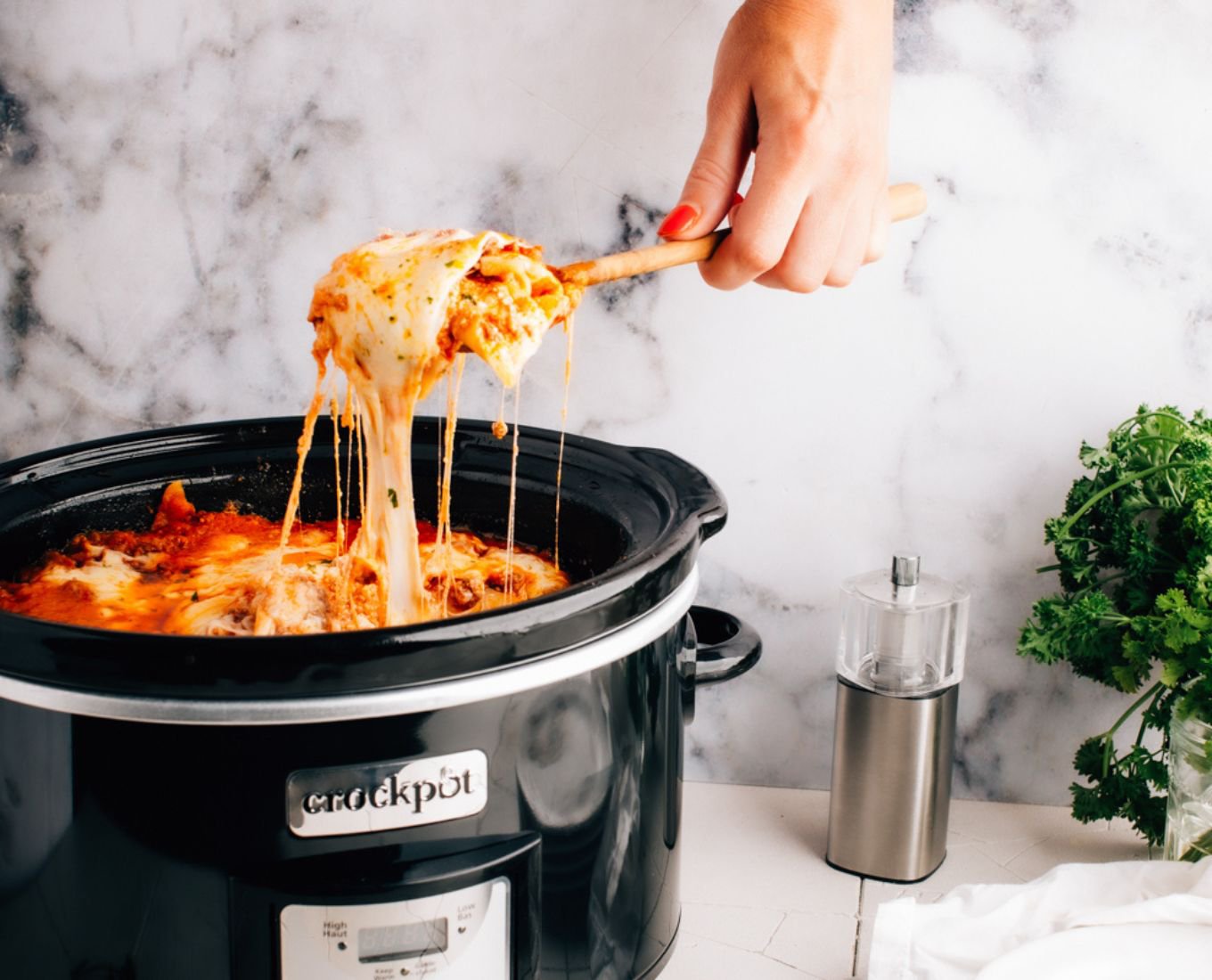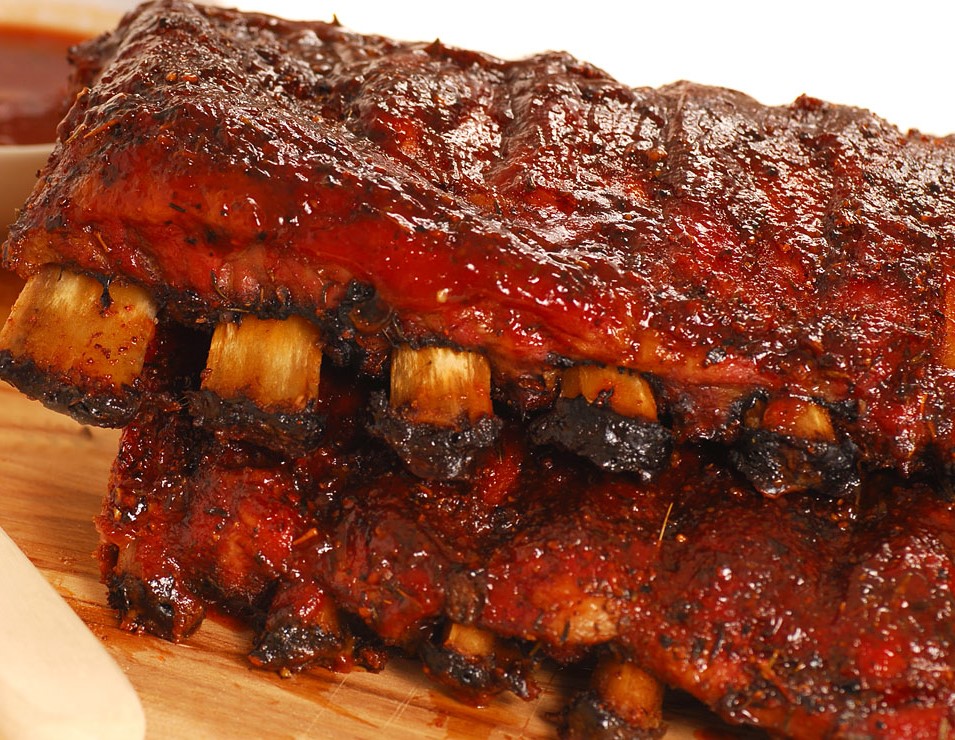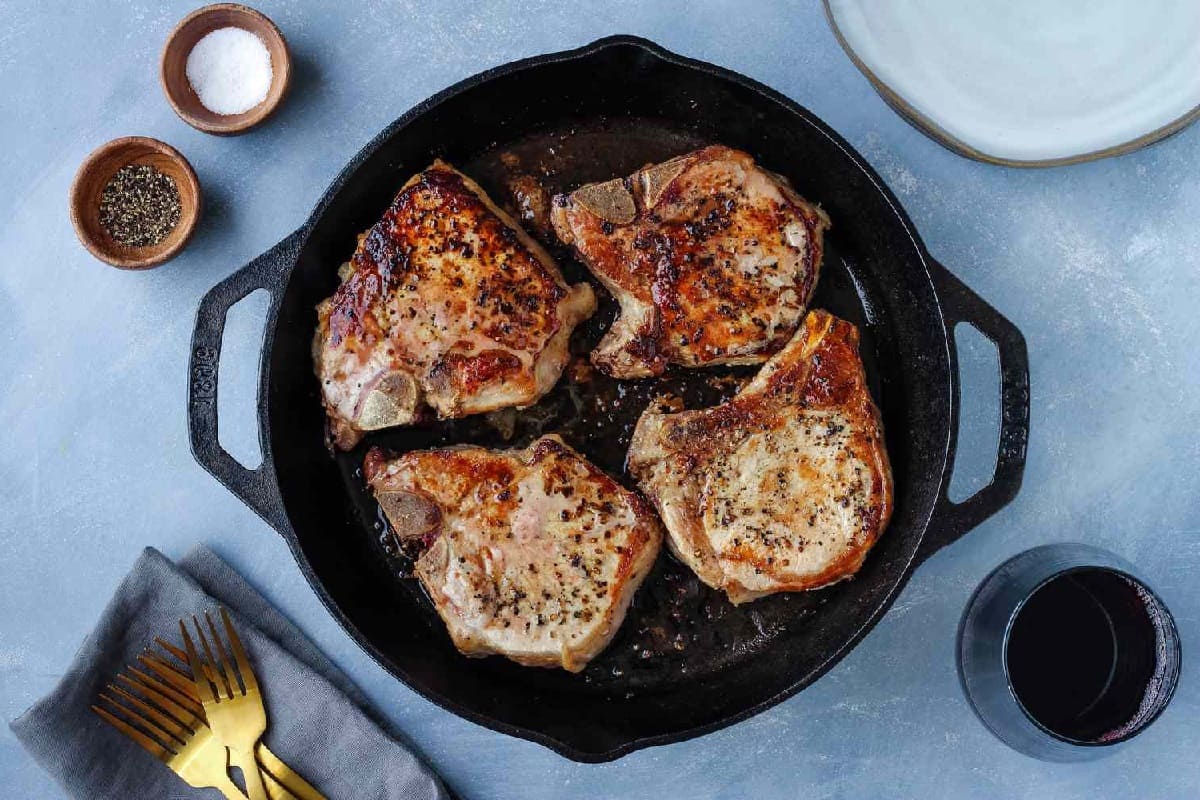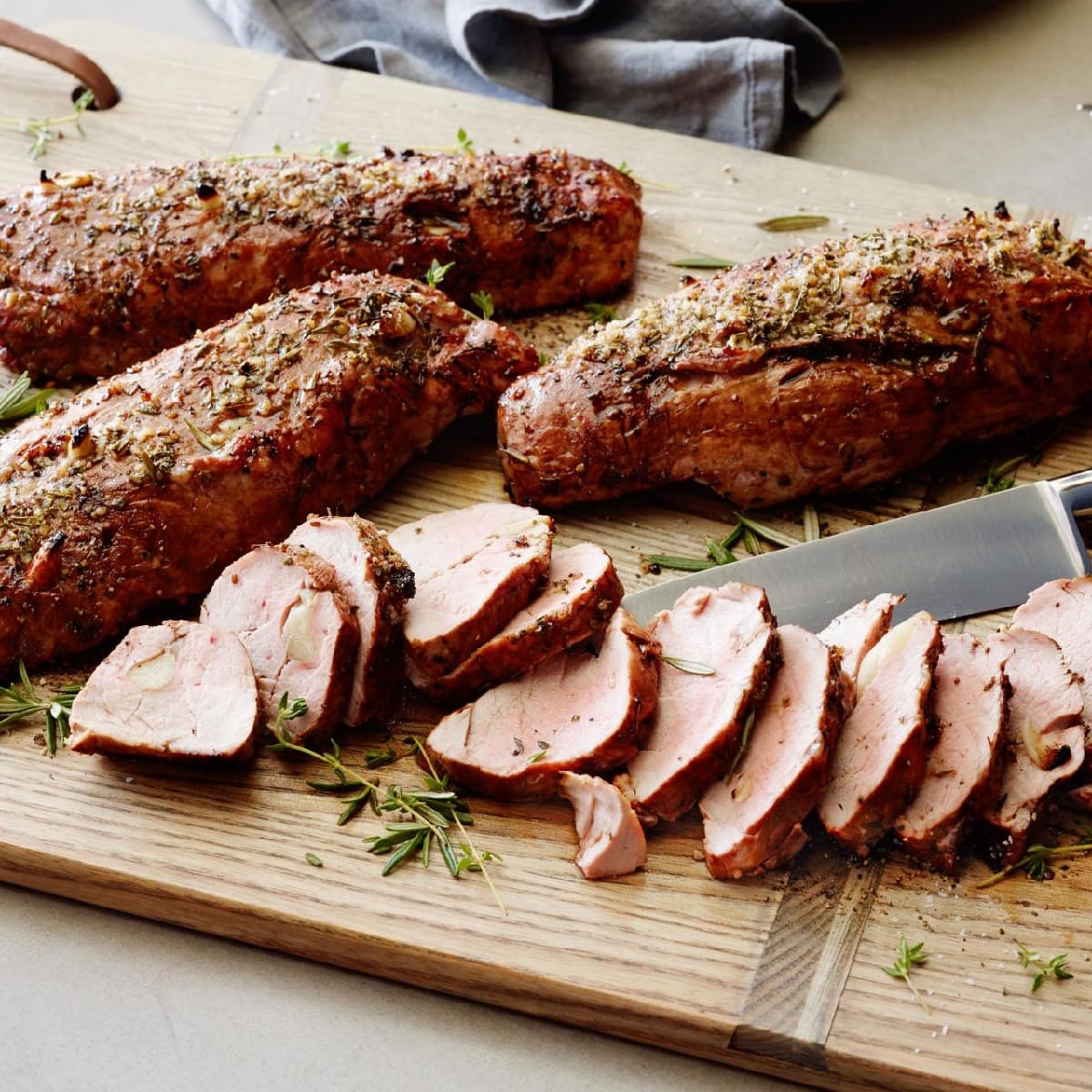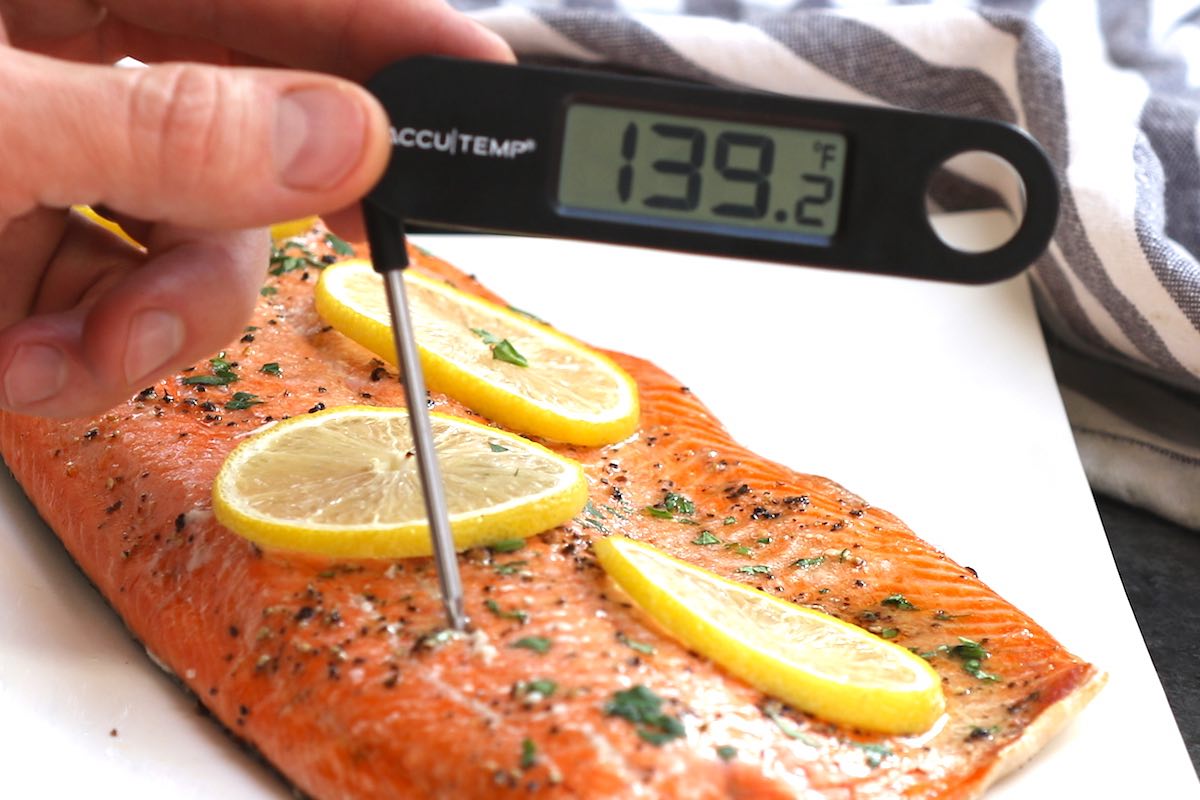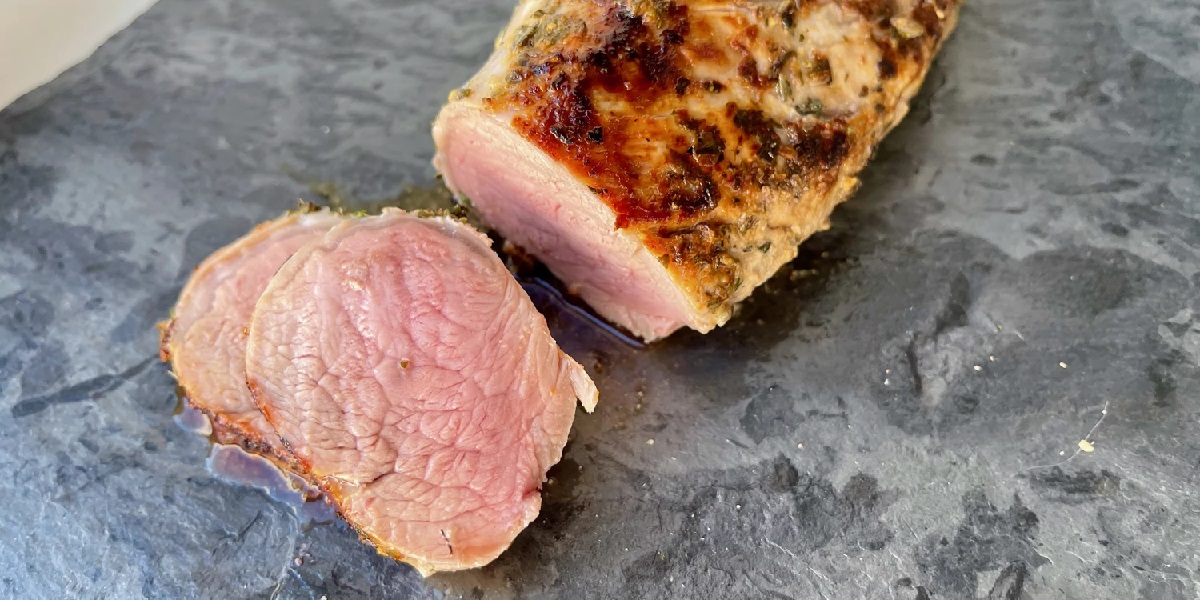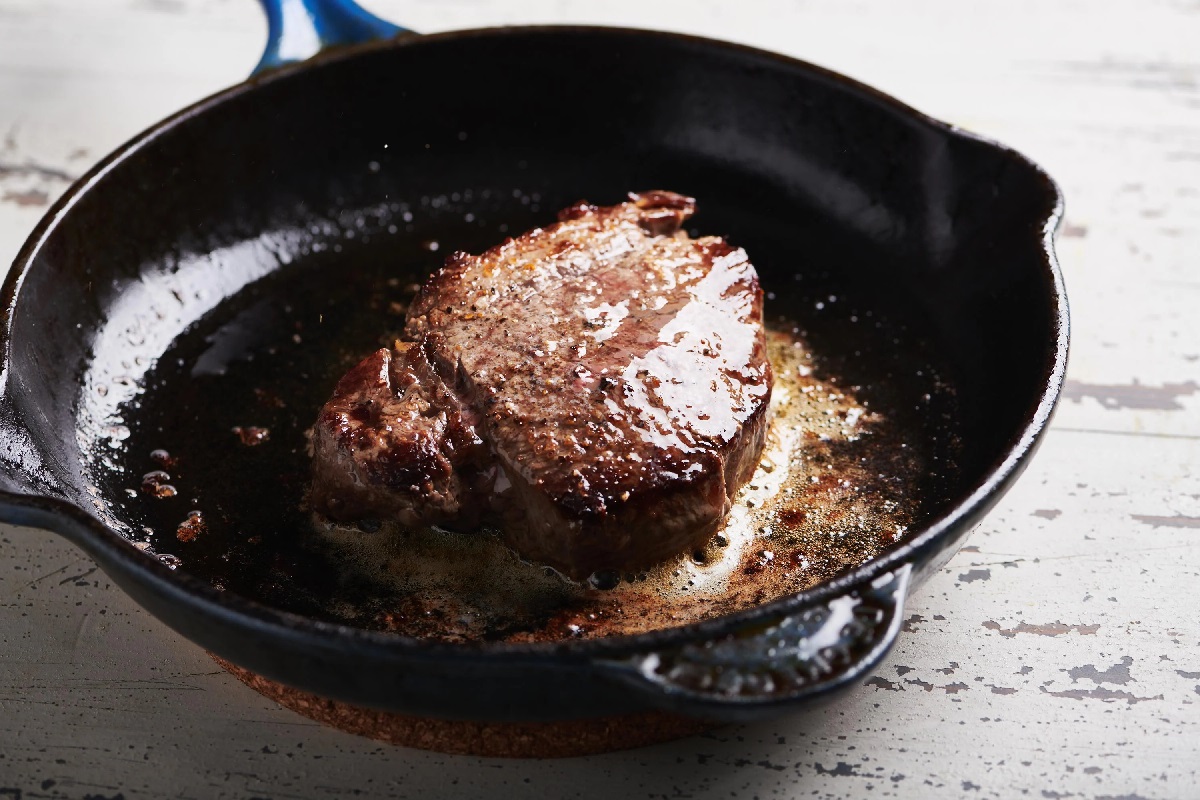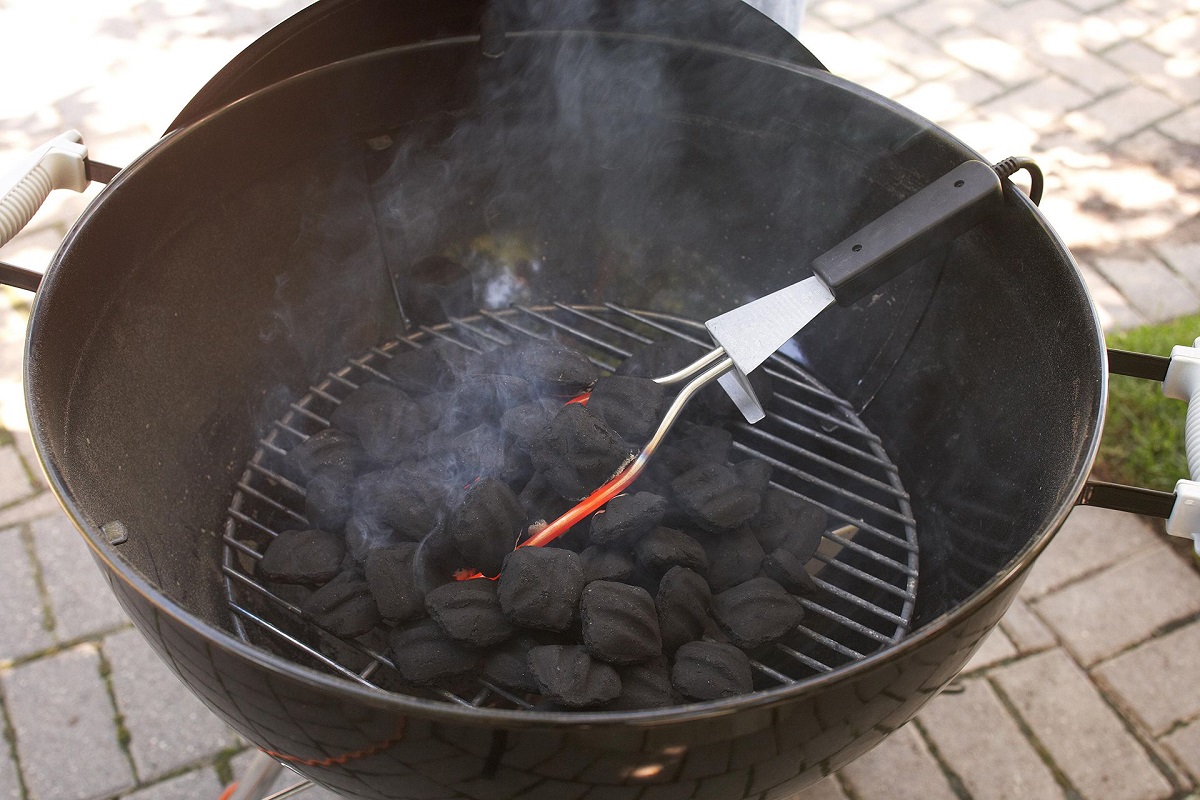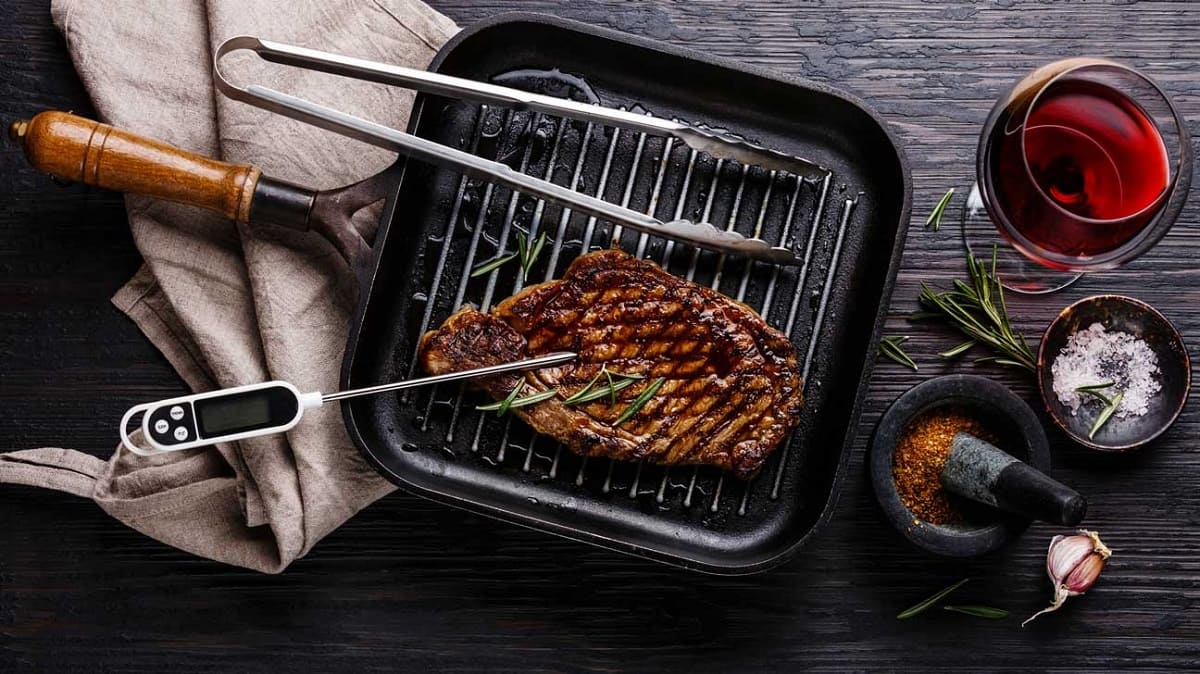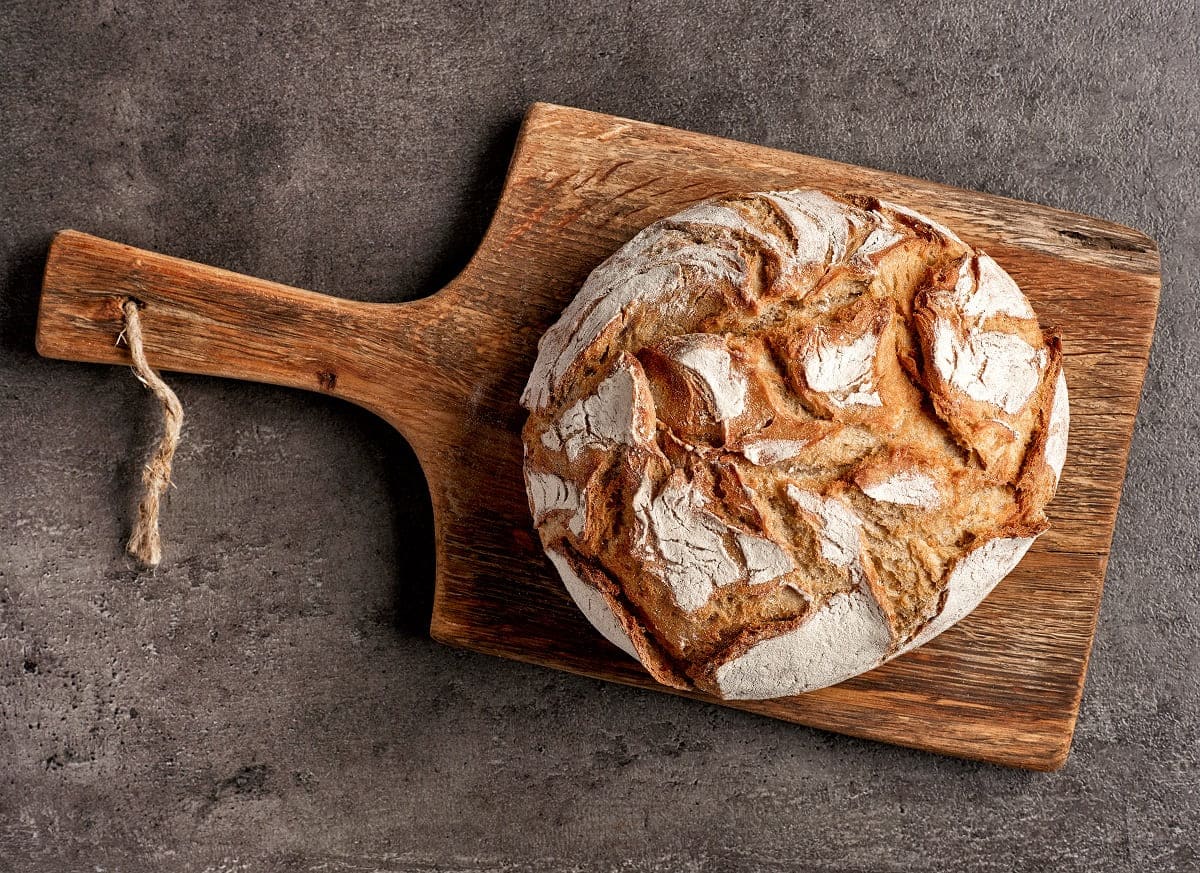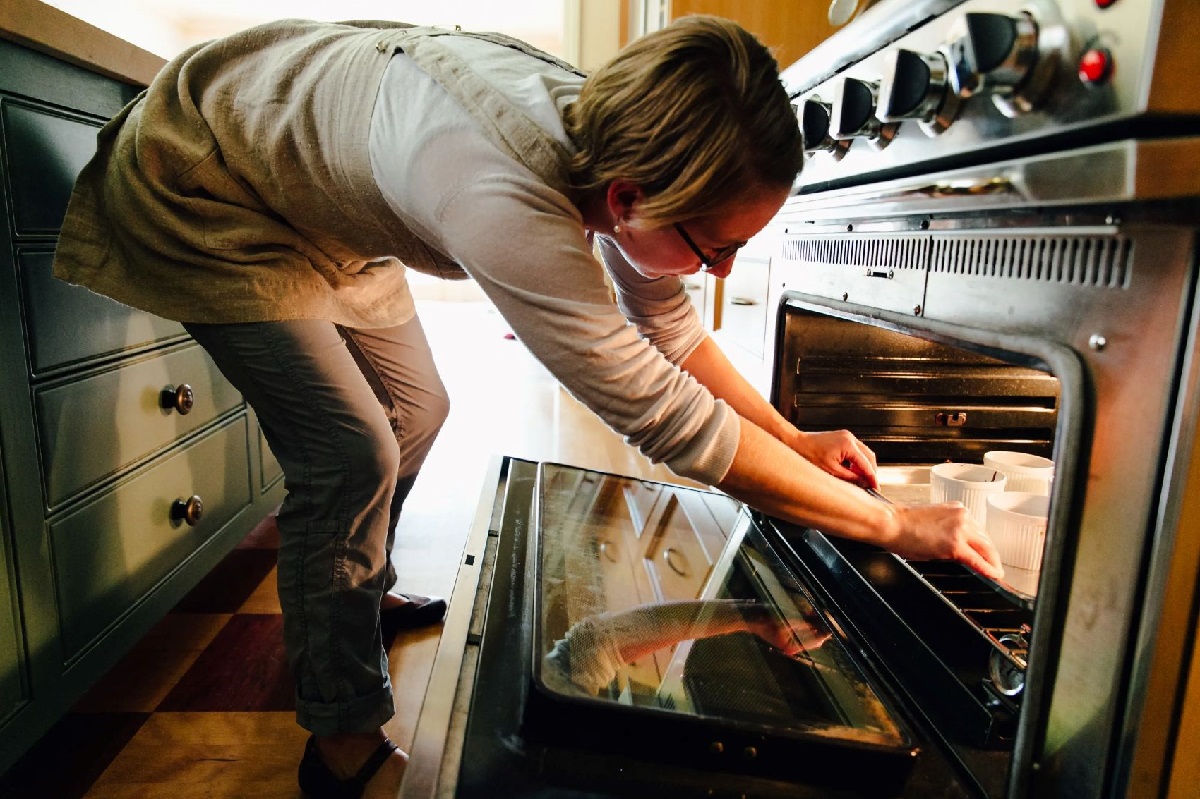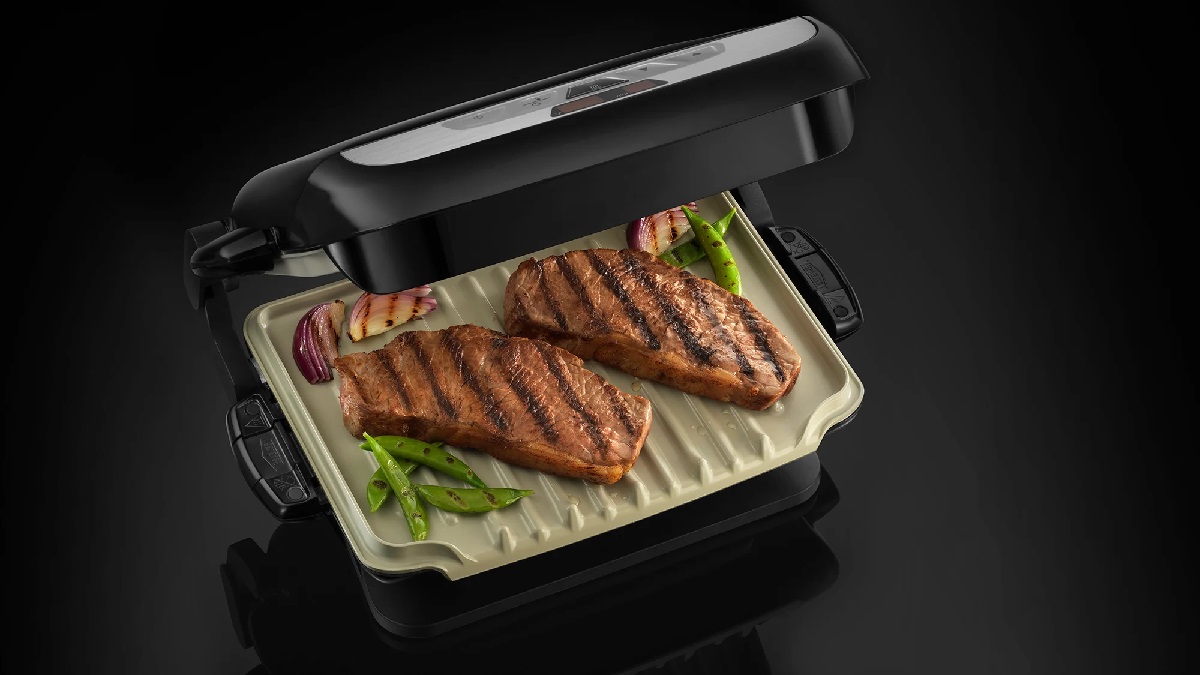Home>Culinary & Beverages>Optimal Temperature For Cooking Lamb
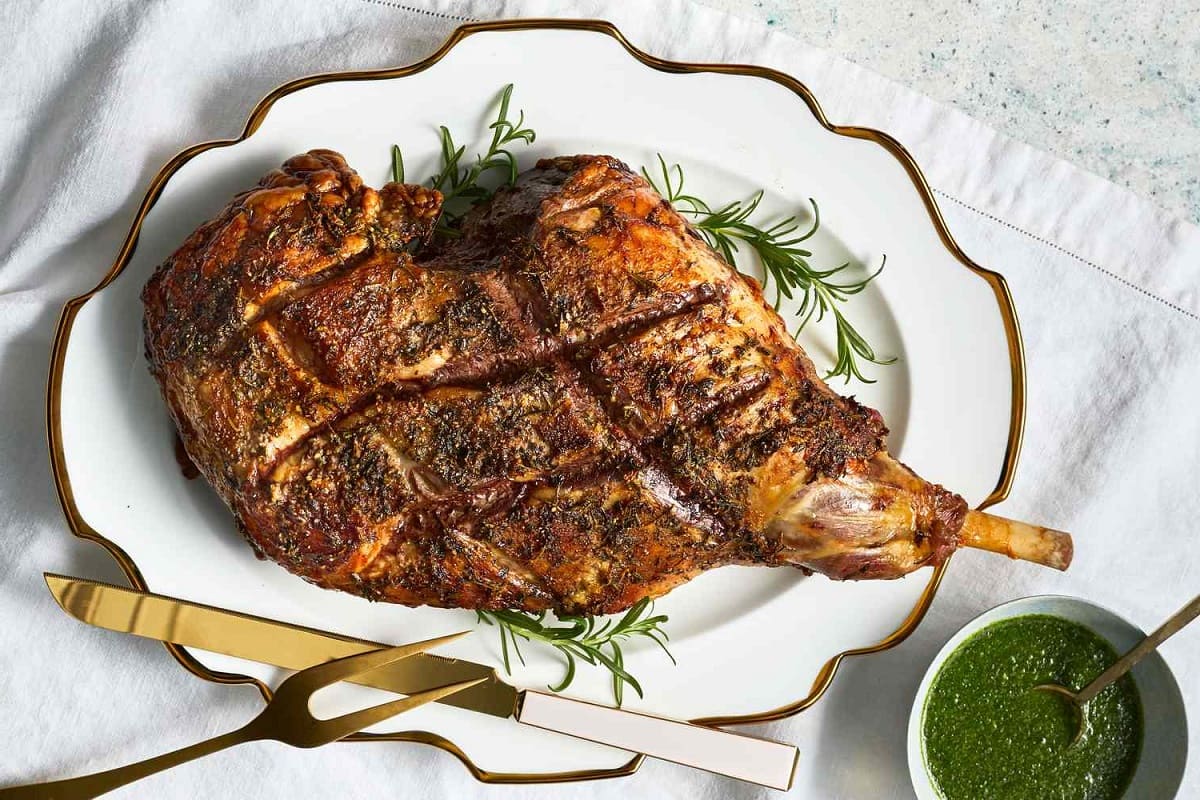

Culinary & Beverages
Optimal Temperature For Cooking Lamb
Published: February 21, 2024
Discover the ideal temperature for cooking lamb to perfection with our expert culinary and beverages guide. Master the art of lamb preparation today!
(Many of the links in this article redirect to a specific reviewed product. Your purchase of these products through affiliate links helps to generate commission for Temperatures.com, at no extra cost. Learn more)
Table of Contents
Factors Affecting Lamb Cooking Temperature
The optimal temperature for cooking lamb is influenced by various factors that can significantly impact the final texture, flavor, and overall quality of the dish. Understanding these factors is crucial for achieving the perfect lamb cooking temperature and ensuring a delightful culinary experience.
-
Cut and Thickness of the Meat: Different cuts of lamb vary in their composition and thickness, which directly affects the cooking temperature. For example, tender cuts like loin chops and rib chops are best cooked at high heat to seal in the juices and maintain tenderness, while tougher cuts such as shoulder or leg require slower cooking at lower temperatures to break down the connective tissues and achieve a succulent texture.
-
Desired Doneness: The preferred level of doneness, whether rare, medium-rare, medium, or well-done, dictates the internal temperature to which the lamb should be cooked. This preference is subjective and varies among individuals, but it significantly influences the cooking temperature and duration.
-
Initial Meat Temperature: The starting temperature of the lamb before cooking can impact the cooking process. For instance, if the lamb is taken straight from the refrigerator, it will require longer cooking time to reach the desired internal temperature compared to lamb that has been brought to room temperature before cooking.
-
Cooking Method: The chosen cooking method, whether grilling, roasting, braising, or pan-searing, affects the cooking temperature. Each method has its own ideal temperature range and cooking duration to achieve the desired results.
-
Equipment and Heat Source: The type of cooking equipment and heat source used, such as gas or electric oven, charcoal grill, or stovetop, can influence the cooking temperature and the distribution of heat around the lamb.
Considering these factors when determining the optimal cooking temperature for lamb is essential for mastering the art of preparing delectable lamb dishes. By taking into account the cut, desired doneness, initial meat temperature, cooking method, and equipment, chefs and home cooks can ensure that the lamb is cooked to perfection, delivering a mouthwatering dining experience for all to savor.
Recommended Internal Temperature for Lamb Cuts
When it comes to cooking lamb, achieving the ideal internal temperature is crucial for ensuring both food safety and the desired level of doneness. Different cuts of lamb require specific internal temperatures to reach the perfect balance of tenderness, juiciness, and flavor. Here are the recommended internal temperatures for various lamb cuts:
-
Loin and Rib Chops: These tender and flavorful cuts are best enjoyed when cooked to an internal temperature of 145°F (63°C) for medium-rare or 160°F (71°C) for medium doneness. Cooking these cuts to these temperatures allows the meat to retain its juiciness and tenderness while ensuring that it is safe to consume.
-
Leg of Lamb: A classic centerpiece for festive meals, the leg of lamb should be cooked to an internal temperature of 145°F (63°C) for medium-rare or 160°F (71°C) for medium doneness. This ensures that the meat is succulent and flavorful, making it a delightful main course for any occasion.
-
Shoulder and Shank: These cuts are known for their rich, robust flavor and benefit from slow cooking methods. To achieve the perfect texture and flavor, they should be cooked to an internal temperature of 160°F (71°C) for well-done results. Slow cooking at this temperature allows the connective tissues to break down, resulting in tender, melt-in-your-mouth meat.
-
Ground Lamb: Ground lamb, commonly used in dishes such as kebabs, meatballs, and burgers, should be cooked to an internal temperature of 160°F (71°C) to ensure that it is safe to eat. This temperature also guarantees that the ground lamb is cooked to the desired level of doneness, offering a delectable culinary experience.
It's important to note that these recommended internal temperatures align with the guidelines for safe consumption established by food safety authorities. By following these temperature recommendations, chefs and home cooks can create lamb dishes that are not only delicious but also safe to enjoy. Additionally, using a reliable meat thermometer is essential for accurately gauging the internal temperature of lamb cuts, ensuring that they are cooked to perfection every time.
By adhering to these recommended internal temperatures for various lamb cuts, culinary enthusiasts can elevate their cooking skills and delight their guests with succulent, flavorful lamb dishes that showcase the true potential of this exceptional meat.
Importance of Resting Time After Cooking
After the lamb reaches the desired internal temperature and is removed from the heat source, it is crucial to allow it to rest before carving or serving. Resting time is an often overlooked yet essential step in the cooking process, especially when preparing lamb, as it significantly impacts the overall dining experience. The importance of resting time after cooking can be attributed to several key factors that directly influence the texture, juiciness, and flavor of the meat.
First and foremost, resting allows the internal juices of the lamb to redistribute evenly throughout the meat. During the cooking process, the heat causes the juices to move towards the surface of the lamb. Allowing the lamb to rest off the heat enables the redistribution of these juices, resulting in a more evenly moist and succulent texture when the meat is eventually carved and served. This redistribution process ensures that each bite of the lamb is infused with its natural juices, enhancing the overall eating experience.
Moreover, resting time contributes to the relaxation of the muscle fibers within the lamb. The intense heat applied during cooking causes the muscle fibers to contract, leading to a tense and potentially chewy texture if the lamb is immediately carved. Allowing the lamb to rest for the recommended duration allows the muscle fibers to relax, resulting in a more tender and enjoyable eating experience. This relaxation period is particularly crucial for cuts that have been cooked to medium-rare or medium doneness, as it allows the meat to achieve the desired level of tenderness.
Additionally, resting time after cooking enables the internal temperature of the lamb to continue rising slightly, a phenomenon known as carryover cooking. This gentle increase in temperature during the resting period contributes to the completion of the cooking process, ensuring that the lamb reaches the perfect level of doneness. By factoring in this carryover cooking effect, chefs and home cooks can achieve precise control over the final texture and doneness of the lamb, resulting in a consistently delightful dining experience.
In essence, the resting time after cooking is a critical step that should not be overlooked when preparing lamb. By allowing the lamb to rest, the redistribution of juices, relaxation of muscle fibers, and the subtle carryover cooking effect collectively contribute to the creation of a tender, juicy, and perfectly cooked dish. Embracing the significance of resting time in the culinary journey of preparing lamb elevates the dining experience, ensuring that each bite is a harmonious blend of succulence and flavor, leaving a lasting impression on all who partake in the culinary delight.
Tips for Achieving the Perfect Lamb Temperature
-
Use a Reliable Meat Thermometer: Investing in a high-quality meat thermometer is essential for accurately gauging the internal temperature of lamb cuts. This tool provides precise readings, ensuring that the lamb reaches the recommended temperature for safe consumption and the desired level of doneness. Insert the thermometer into the thickest part of the lamb, away from bones, for an accurate reading.
-
Allow Lamb to Reach Room Temperature: Before cooking, allow the lamb to sit at room temperature for approximately 30 minutes. This step ensures more even cooking, as the lamb will require less time to reach the desired internal temperature when placed in the oven or on the grill.
-
Preheat Cooking Equipment: Whether using an oven, grill, or stovetop, ensure that the cooking equipment is preheated to the recommended temperature before adding the lamb. This allows for consistent and efficient cooking, helping to achieve the perfect lamb temperature without unnecessary fluctuations in heat.
-
Consider Carryover Cooking: Recognize that the internal temperature of the lamb will continue to rise slightly after it is removed from the heat source. To account for this carryover cooking effect, consider removing the lamb from the heat when it is a few degrees below the target temperature, allowing it to reach the perfect doneness during the resting period.
-
Utilize Resting Time: After the lamb reaches the desired internal temperature, allow it to rest for approximately 10-15 minutes before carving or serving. This resting period is crucial for the redistribution of juices and the relaxation of muscle fibers, ultimately contributing to a tender, juicy, and flavorful dining experience.
-
Adjust Cooking Time for Desired Doneness: Understand that different levels of doneness require varying cooking times. Whether aiming for rare, medium-rare, medium, or well-done lamb, adjust the cooking time accordingly to achieve the ideal internal temperature while preserving the desired texture and juiciness of the meat.
-
Practice Safe Cooking Practices: Adhere to food safety guidelines by ensuring that lamb reaches the recommended internal temperatures for safe consumption. This not only guarantees the safety of the dish but also ensures that the lamb is cooked to perfection, delivering a delightful culinary experience.
By incorporating these tips into the lamb cooking process, culinary enthusiasts can elevate their skills and consistently achieve the perfect lamb temperature, resulting in delectable dishes that captivate the senses and leave a lasting impression on all who indulge in the culinary delight.
